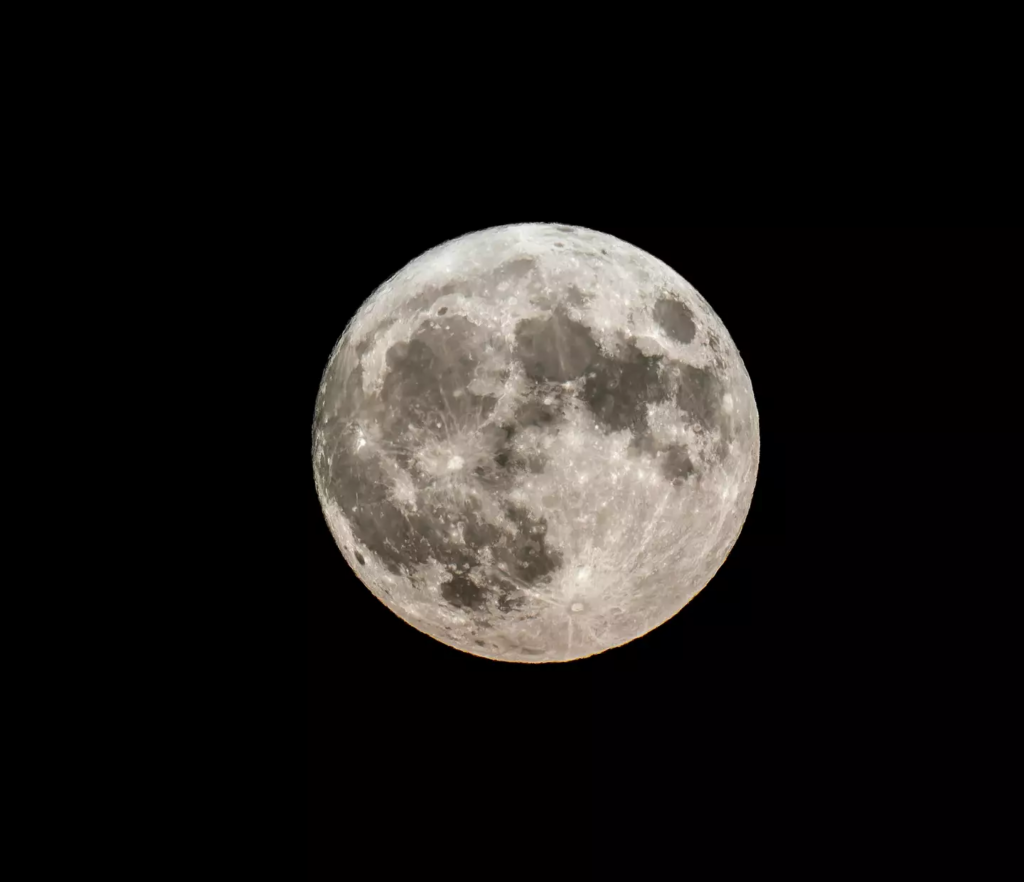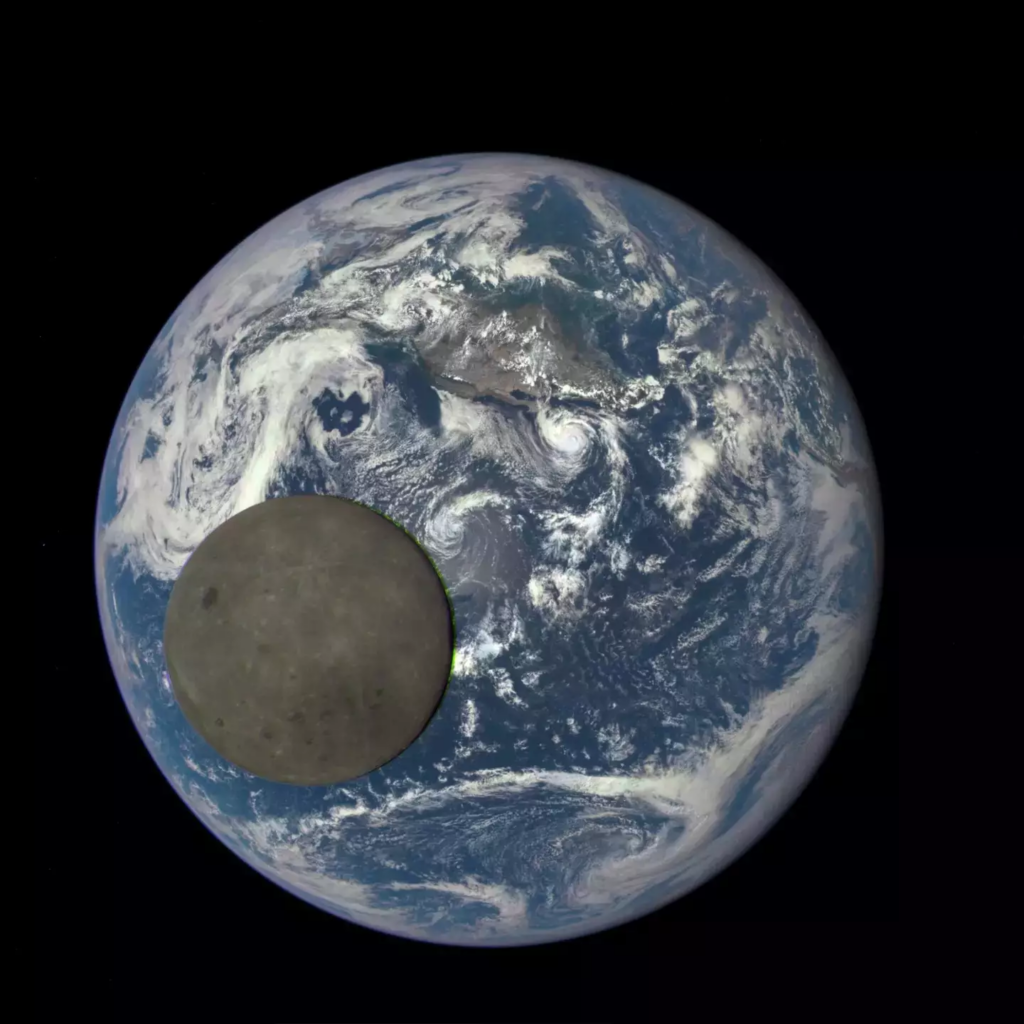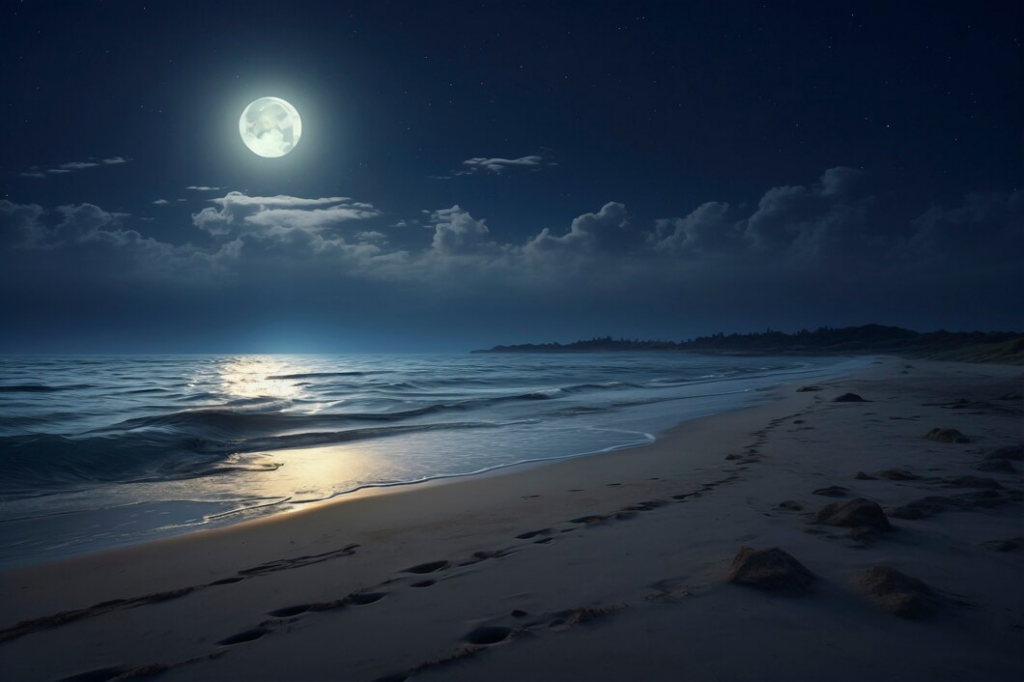When we think we know everything about our planet, something new often comes to light, altering our understanding. One such revelation is the Moon’s gradual drift away from Earth, a phenomenon that might seem insignificant but actually has profound effects on time. Contrary to the common belief that the Earth’s only natural satellite remains at a constant distance, recent scientific discoveries have unveiled an ever-weakening gravitational connection between Earth and the Moon.
This gradual separation is causing the Earth to spin slower, resulting in longer days. While it might sound like a minor change, the implications are significant. The lengthening of days on Earth has profound effects on our planet’s climate, biological cycles, and even our daily lives. Understanding the science behind this drift and its historical context helps us grasp the broader impacts of this cosmic dance.

The Science Behind the Moon’s Drift
The relationship between Earth and the Moon is governed by gravitational forces. The gravitational pull of the Earth keeps the Moon in orbit, while the Moon’s gravity exerts a smaller but significant force on our planet. This interaction is dynamic and ever-changing. Most of us might recall high school science lessons where we learned about the gravitational bond between celestial bodies, but recent discoveries have shed new light on just how delicate and evolving this connection is.
In recent years, scientists have observed an ever-weakening connection between the Earth and the Moon. This weakening is caused by the transfer of Earth’s rotational energy to the Moon, pushing it farther away. Currently, the Moon is receding from Earth at a rate of approximately 1.5 inches (3.81 centimeters) per year. This gradual drift is a direct consequence of the complex gravitational interactions and tidal forces at play. As the Moon moves away, it acts like a brake on the Earth’s rotation, causing our planet to spin more slowly and making our days longer.
This phenomenon is akin to a spinning figure skater who slows down when they stretch their arms out. The energy transfer between Earth and the Moon results in a slow but steady increase in the length of our days. Historically, this means that days on Earth were much shorter millions or even billions of years ago. For instance, scientists believe that about 1.4 billion years ago, a day on Earth was only about 18 hours long. The study of these changes helps us understand not just the mechanics of celestial movements but also the intricate history of our planet’s geological and biological evolution.
Impact on Earth’s Rotation and Time
The Moon’s gradual drift away from Earth has a significant impact on our planet’s rotation. As the Moon moves further away, the Earth’s rotational speed decreases. This phenomenon results in the lengthening of days over geological timescales. To put this into perspective, scientists have determined that about 1.4 billion years ago, a day on Earth lasted only 18 hours. This increase in day length is a direct consequence of the complex gravitational interplay between the Earth and the Moon.
One of the most fascinating aspects of this relationship is the analogy of a spinning figure skater. Just as a skater slows down when they extend their arms, the Earth’s rotation slows as the Moon recedes. This energy transfer between the Earth and the Moon is a subtle yet powerful force that has been shaping our planet’s history for billions of years. As days become longer, it impacts not only the length of our days but also has broader implications for our planet’s climate and biological cycles.
The slowing rotation of the Earth affects the distribution of solar energy across the planet, influencing climate patterns and seasonal changes. Over millions of years, this gradual shift can lead to significant alterations in the Earth’s environment. Additionally, the lengthening of days influences the biological rhythms of living organisms. Many species have evolved to adapt to the specific length of days and nights, and changes in this cycle can affect their behavior, reproduction, and survival.
In understanding these impacts, we gain valuable insights into the intricate dance of celestial bodies and their profound influence on life on Earth. The study of Earth’s rotation and its historical context not only helps us comprehend our past but also prepares us for potential future changes.

How Scientists Discovered This Phenomenon
The fascinating story of the Moon drifting away from Earth has been pieced together through the field of astrochronology. This scientific method links astronomical theories with geological observations, allowing researchers to understand Earth’s ancient history and its relationship with the Moon.
One of the key figures in this field is Professor Stephen Meyers from the University of Wisconsin-Madison. Meyers and his team have used astrochronology to study rock formations that are billions of years old. These ancient rocks hold clues about Earth’s past, including its climate cycles and rotational changes.
In a 2022 study, Meyers and his colleagues examined sediments from a 90 million-year-old rock formation. By analyzing these sediments, they were able to recreate what the solar system might have looked like millions of years ago. Their findings showed that the Moon is receding from Earth at a steady rate of about 1.5 inches per year.
To understand how this gradual drift affects time, imagine the Earth as a spinning figure skater. When the skater pulls their arms in, they spin faster; when they extend their arms, they spin more slowly. Similarly, as the Moon moves away, Earth’s rotation slows down, leading to longer days.
This discovery was made possible through the use of advanced statistical techniques and astronomical theories. Researchers combined these methods with geological insights to create a detailed picture of the Earth-Moon relationship over millions of years. The study of ancient rocks, therefore, becomes a window into our planet’s distant past, revealing how celestial dynamics have shaped the very fabric of time. Astrochronology has opened up new ways to understand our planet’s history, offering insights into how natural processes have evolved over eons.
Long-term Effects and Future Implications
While the Moon drifting away from Earth might seem like a distant and abstract phenomenon, it actually has tangible effects on our daily lives, particularly through the subtle lengthening of our days.
As the Moon moves away, the Earth’s rotation slows down, making our days longer. This change is extremely gradual – just milliseconds per century – but over millions of years, it adds up. In the distant past, a day on Earth was significantly shorter, lasting only about 18 hours. This increase in day length can impact various natural and human systems, such as:
- Biological rhythms: Many organisms, including humans, are adapted to a 24-hour day. A longer day can affect sleep patterns, feeding cycles, and other biological rhythms. While these changes are imperceptible over short timescales, they could lead to significant evolutionary adaptations over millions of years.
- Climate patterns: Earth’s rotation affects atmospheric circulation and climate patterns. A slower rotation could lead to changes in wind patterns, ocean currents, and weather systems, potentially impacting agriculture, weather forecasting, and disaster preparedness.
- Historical and cultural timekeeping: Throughout history, humans have developed various methods to measure time, from sundials to atomic clocks. Understanding how the length of the day changes over time helps us calibrate these systems and maintain accurate timekeeping. For instance, ancient civilizations might have experienced slightly different day lengths, influencing their calendars and daily routines.
Tidal Forces and Ocean Movements
The Moon’s gravitational pull on Earth creates tides, the regular rise and fall of ocean levels. As the Moon drifts away, the strength of its pull weakens slightly, affecting tidal patterns. This has several implications:
- Coastal ecosystems: Tidal forces play a crucial role in shaping coastal ecosystems. Changes in tide patterns can impact marine life, from fish breeding cycles to the distribution of nutrients in coastal waters.
- Human activities: Many human activities, such as fishing, shipping, and recreational activities, depend on predictable tidal patterns. Even minor changes can influence these activities, necessitating adjustments in planning and operations.
- Erosion and sedimentation: Tides contribute to coastal erosion and sedimentation processes. As tidal patterns shift, so do these geological processes, potentially altering coastlines and affecting human settlements near the shore.
By understanding how the Moon’s gradual drift influences our planet, we can better appreciate the interconnectedness of celestial and terrestrial dynamics. This knowledge not only satisfies our curiosity about the universe but also provides practical insights into the natural processes that shape our daily lives.

The Moon’s Other Important Roles
Beyond influencing time, the Moon plays several crucial roles that affect Earth’s natural environment and stability. Understanding these roles helps us appreciate the Moon’s significance in our daily lives and the broader ecological system.
Tidal Forces: The Ebb and Flow
The Moon’s gravitational pull on Earth’s oceans creates tides, leading to the rise and fall of sea levels. This tidal movement has significant effects:
Marine life cycles: Many marine species rely on tidal patterns for feeding, breeding, and migration. For example, certain fish and crustaceans use high tides to reach breeding grounds that are otherwise inaccessible.
Nutrient distribution: Tides help distribute nutrients throughout the ocean, supporting a diverse range of marine life. The mixing of water layers brings nutrients from the ocean floor to the surface, promoting the growth of plankton and other essential organisms in the marine food chain.
Human activities: Coastal communities depend on predictable tides for activities like fishing, navigation, and recreation. Understanding tidal patterns is crucial for managing these activities effectively.
Stabilizing Earth’s Wobble
The Moon’s gravitational influence also helps stabilize Earth’s axial tilt, which is responsible for our seasons. Without the Moon, Earth’s tilt could vary dramatically, leading to extreme and unpredictable climate changes.
Seasonal stability: The Moon ensures that Earth’s tilt remains relatively constant at about 23.5 degrees. This stability is crucial for maintaining consistent seasonal patterns, which have been vital for the development of life on Earth.
Climate regulation: Stable seasons help regulate the climate, ensuring that different regions experience predictable weather patterns. This consistency has allowed ecosystems to flourish and civilizations to thrive.
The Moon’s Mighty Influence

The Moon drifting away from Earth might seem like a minor detail, but it has significant effects on our planet. This gradual drift is slowing Earth’s rotation, making our days slightly longer over millions of years. While we may not notice this daily, it influences our natural rhythms and climate stability.
The Moon also helps keep Earth’s tilt stable, ensuring consistent seasons and preventing extreme climate changes. Its gravitational pull creates tides, which affect marine life and coastal ecosystems. And who can forget the beauty of a lunar eclipse, a visible reminder of our dynamic relationship with the Moon?
Next time you look up at the Moon, remember it’s more than just a distant rock. It’s a crucial partner in the cosmic dance that keeps our planet stable and thriving. The Moon’s journey may be slow, but its impact is profound, reminding us of the interconnectedness of our universe.




Stephen Murray
Sunday 16th of June 2024
Scare mongering. The moon has been moving away from us since it's dawn it moves about an 1.5 inches each year, so in a 100 years it will be 12.5 feet farther away. In a 1000 years 125 feet. It will take 42,240 years for it to move another mile away. in 422,400 years 10 miles away. The impact it is having is so minimal, and none of us here now, will be around if it becomes a problem. It's pointless even bringing it up.